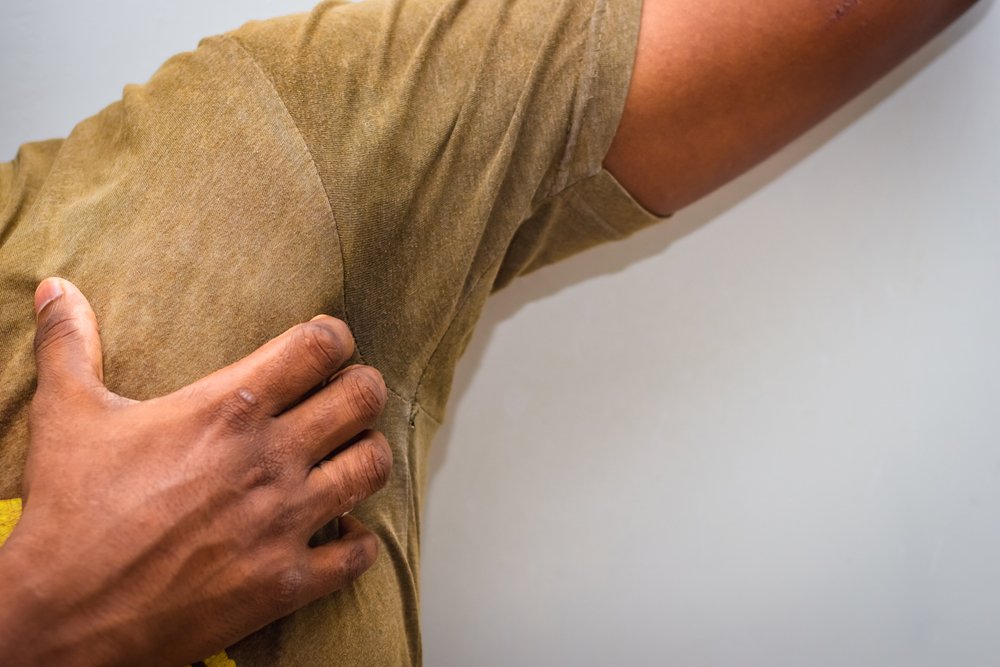Intertrigo Often Happens On the Go
You’ve been out running, walking on the beach, or touring a city on a hot summer day—and then you notice an itchy, burning rash where skin meets skin. You may have intertrigo, but we can help.
What’s intertrigo?
Intertrigo is a rash in the body fold areas: neck, armpits, groin, or buttocks.
There are many causes, including friction (often combined with heat, moisture, or sweat), fungal or yeast infections, psoriasis, obesity, diabetes, hormonal imbalances, skin irritants, allergic reactions, and underlying genetic disorders.
It presents as a red, moist, irritated rash with slits or fissures within the folds. There may be pustules around the edges. It can itch or burn. The broken-down skin can be at risk for yeast or bacterial infection.
Top prevention tips
Since intertrigo arises most often with heat, moisture, or sweat combined with friction, here are some prevention tips:
Completely dry skin folds after bathing and exercising.
Don’t apply any irritating products to these areas of the skin.
Avoid tight-fitting clothing—loose, cotton clothing is preferable.
Treatment can help
Due to the varying triggers of intertrigo, treatment can be tricky. Your medical history, physical exam findings, and various tests will enable your dermatologist to diagnose any underlying causes and customize your treatment. Early treatment often prevents secondary infections with yeast or bacteria, which would require additional steps. Intertrigo itself is not considered contagious.
Some treatment options include:
A simple over-the-counter skin-repair cream, such as petroleum jelly or zinc paste, may do the trick.
When that’s not enough, over-the-counter or prescription hydrocortisone cream and/or an antifungal cream may be recommended.
Additional treatments may be recommended by your dermatologist.
Despite good skincare, intertrigo may reoccur, but your dermatologist can help find the best course of prevention and treatment for you.
Any questions? Consult one of our board-certified dermatologists. Please contact SSDP to schedule an appointment with any of our physicians.



